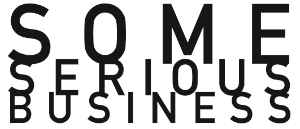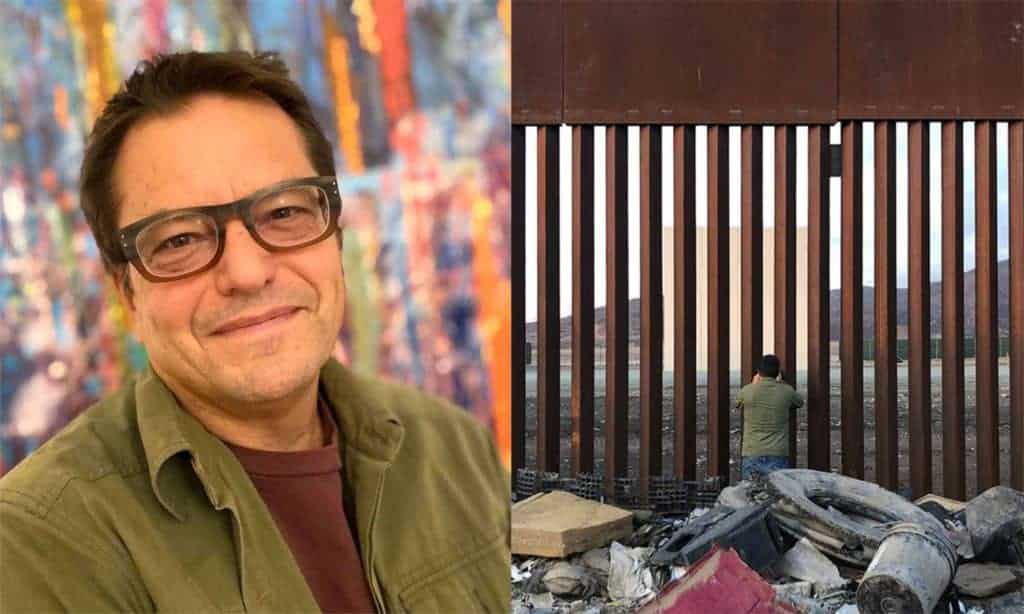We’re pleased to welcome artist Tony de los Reyes to Abiquiu. Tony’s paintings and works on paper focus on stretches of borderlands in the high and low desert between Jacumba, California and Mexicali, Mexico—relying heavily upon photographic documentation of this region of unpopulated landscape, with its flora, fauna, and geologic intensity that seems to defy the border wall which cuts through it. “Popular imagistic assumptions of the border envision the space as tragically photogenic, with the angular tension of the border as a contest between wall and ground and a demonstration of political power,” he says. However, his approach is derived from more personal, contemplative experiences, and theorize these spaces as latent, powerful memories. Photographs become silkscreens, images are erased and reconstituted, and color and motion serve to reclaim participation with places that are fragile, durable, omniscient, and sensorial.
Please join us for an Open House to meet Tony and view his work on Saturday, July 10th. For more information and reservations: info@someseriousbusiness.org
During the residency he will be utilizing specific mineral and organic matter found along the border to make natural earth pigments, from which silkscreen images of their corresponding sites will be made. The resulting suite of prints will act as a remembrance of the quiet beauty that remains in spite of the immense anxiety and trauma of the border, and to bring awareness to the extreme subtleties of these regions—spaces endangered by all-too callous rhetoric and action.
What artist do you consider most influential to your ongoing development as an artist?
I’m consistently most attracted to artists whose work embodies silence and self-reflection, such as the painters Agnes Martin and Joan Mitchell, and composers Harold Budd and Pauline Oliveros. These are artists whose visual and aural syntax are incredibly restrained, yet they manage to flesh out entire worlds with seemingly minimum effort. The audience participates in the work’s extended growth, which expands exponentially with deeper looking and listening. It is interesting to me that three of these artists had deep connections with the west and southwest: its physical environment played an essential role in their aesthetic development.
Who of all the artists who have ever lived would you most love to share your work with? And why?
Herman Melville! I spent years working with the novel Moby-Dick, focusing on it as a metaphor for conditions unique to the American psyche. That text in particular helped me understand that an artist can balance micro and macro questions we collectively have about the human condition within an all-encompassing work. Whatever he didn’t know, he researched; whatever question he had, he investigated its origin. And he was a magician with words. He had a spectral relationship with language that could be as erudite and crass as he needed it to be. I would love to hear his thoughts about my work and ideas.
Who or what would you most like to collaborate with?
One of my favorite art forms, which I know relatively little about, is dance. I’m confident enough about my range of interests and understanding that I could try my hand at most creative fields. But dance? I’m astounded by it, so working with a choreographer would be unbelievable. I’ve seen seminal works by Pina Bausch and Trisha Brown that have picked me up and deposited me in a completely different state of mind.
Do you have a relationship with the distant future – in other words, are you making artwork that bears a message or impact for coming generations?
We assume, romantically, that art is timeless. But it is essentially tied to the present. The trick is to see past current presumptions and tropes, through the morass of social noise, to hear and reconstitute a personal relationship with the hum of energies that persist beyond culture. I remember being in the desert one midnight, east of Calexico, and seeing the expanse of steel border wall stretching from horizon to horizon. As I was thinking about the impact and futility of it, I was hearing the loud buzz of the surrounding electrical towers. It made me think that the border’s affront to common sense was part of a continuum of positive and negative energies playing out in the universe. That image and sound is always in the back of my mind whenever I’m working in the studio, and something that I hope would be meaningful to future audiences.
What role does your genetic or cultural background play in your practice?
A critical aspect of my artistic content relies on the history of my family. As someone born and raised in Los Angeles, and of partial Mexican descent, I am fascinated how those two elements have shaped my identity. If my great grandmother Natalia Cervantes had not crossed the border with her three year-old son, I wouldn’t be here, and my current work would not have emerged. We tend to think of origin stories as being fixed in specific places (such as the “Where are you from?” question)–why not focus on something more consequential, such as the stories and backgrounds of our migrations?
What do you worry you will never be able to express?
The fallout of time and place, and the need to feel its impact. It’s not easy to express, because its subjectivity makes it susceptible to the drama of personal narratives, which are temporal by design. The collective connection between who we are, and why we are, is what I’m always searching for.
How has your years in artmaking affected or influenced your sense of self?
I think for many creatives, including myself, art is a response to not finding the right reflection of the inner self in the exterior world. I’m not interested in artistic “expression” as emotional catharsis; rather, I experience the gaps between ideas and realities that have not been yet demonstrated. The repetition of practicing art is training the hand and mind to formulate the elusive nature of capturing invisible thought.
What do you suspect is your most powerful artistic blessing? Or blessing in general?
Making art is familiarizing one’s self with the natural relationship between constructing and destroying. Essentially, each work destroys the previous incarnation—otherwise there would be no need to make anything new. The value of understanding this, and its relationship to growth, is a blessing that I absolutely value.
If you could create a new public institution for your field, what would its mission be?
As a teacher, as well as an artist, I see so much underutilized creative potential. So many teaching models rely on establishing predictability and setting standards. I would make art and other “open” modes of creative thinking the first priority of an education geared towards “non-artistic” students, flipping their role from a position of assumed ignorance to bearer of unformed knowledge. A modestly-sized school that could successfully tap into this potential, drawing from as many populations as possible, would invigorate all within its scope, and distribute healthier and more sustainable knowledge.
What is your relationship to criticism?
At the end of the day, criticism is nothing more than subjective, culturally-affected opinion. As long as ego gets out of the way, one can successfully use it.
Are you more interested in the universal or the individual? How important is it to you whether you express yourself as a unique person, or rather add your voice to a collective conversation?
This is one of my key concerns: how do we define, resolve, and reconcile the concepts of “self” and “other” within political and cultural frameworks, such as those derived from the US-Mexico border? I can imagine, and accept, common constructions of self and identity when cultural and national myths play a heavy role—in that they act as frameworks for meaning. But they are constructs nonetheless. Whether for the individual these constructs are epidural or exoskeletal, is the question!
Curious about the #FiftyQuestions the artists had to choose from? See all of them here.

